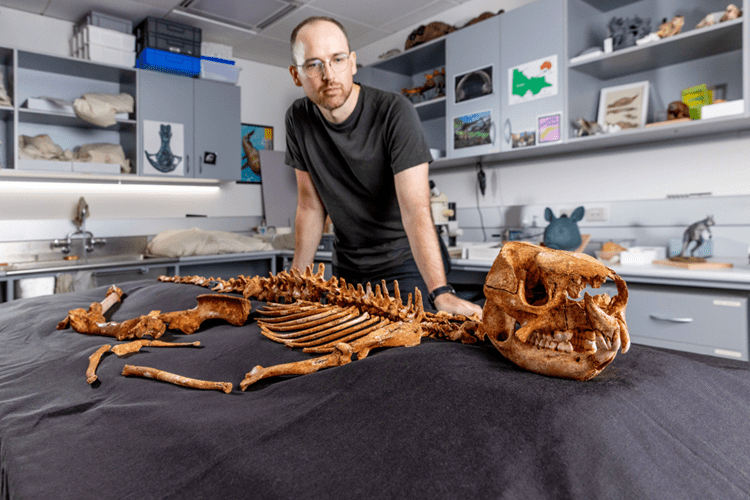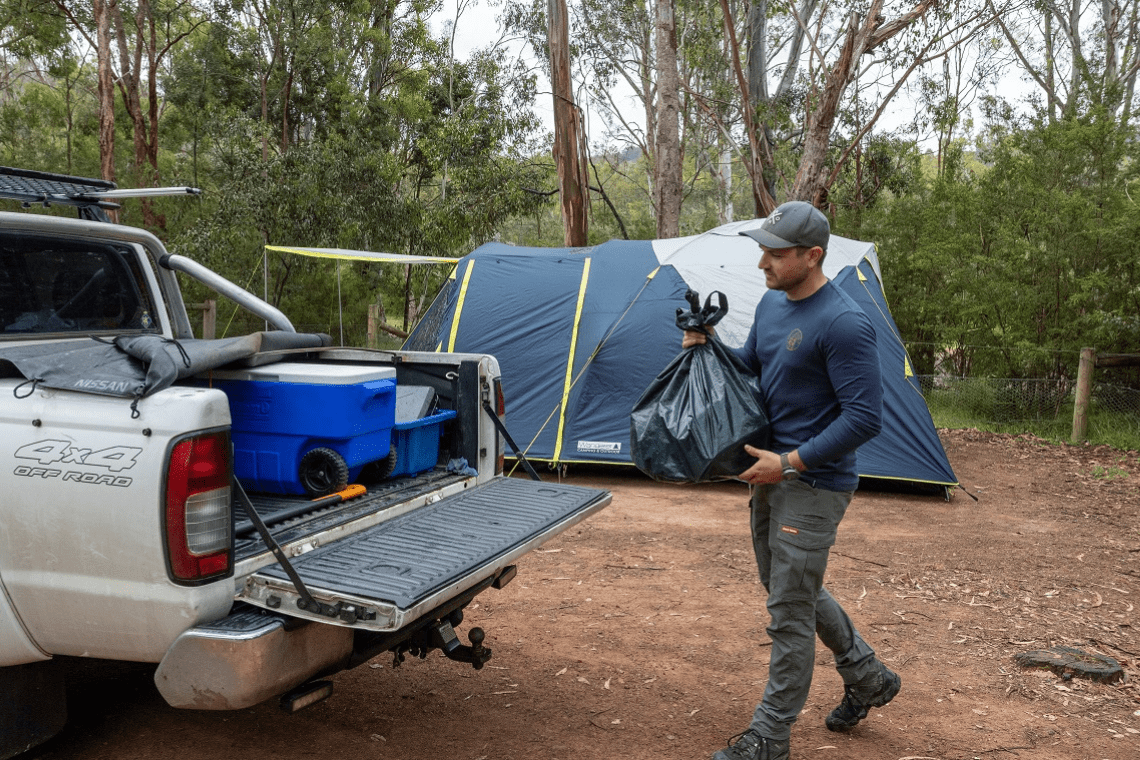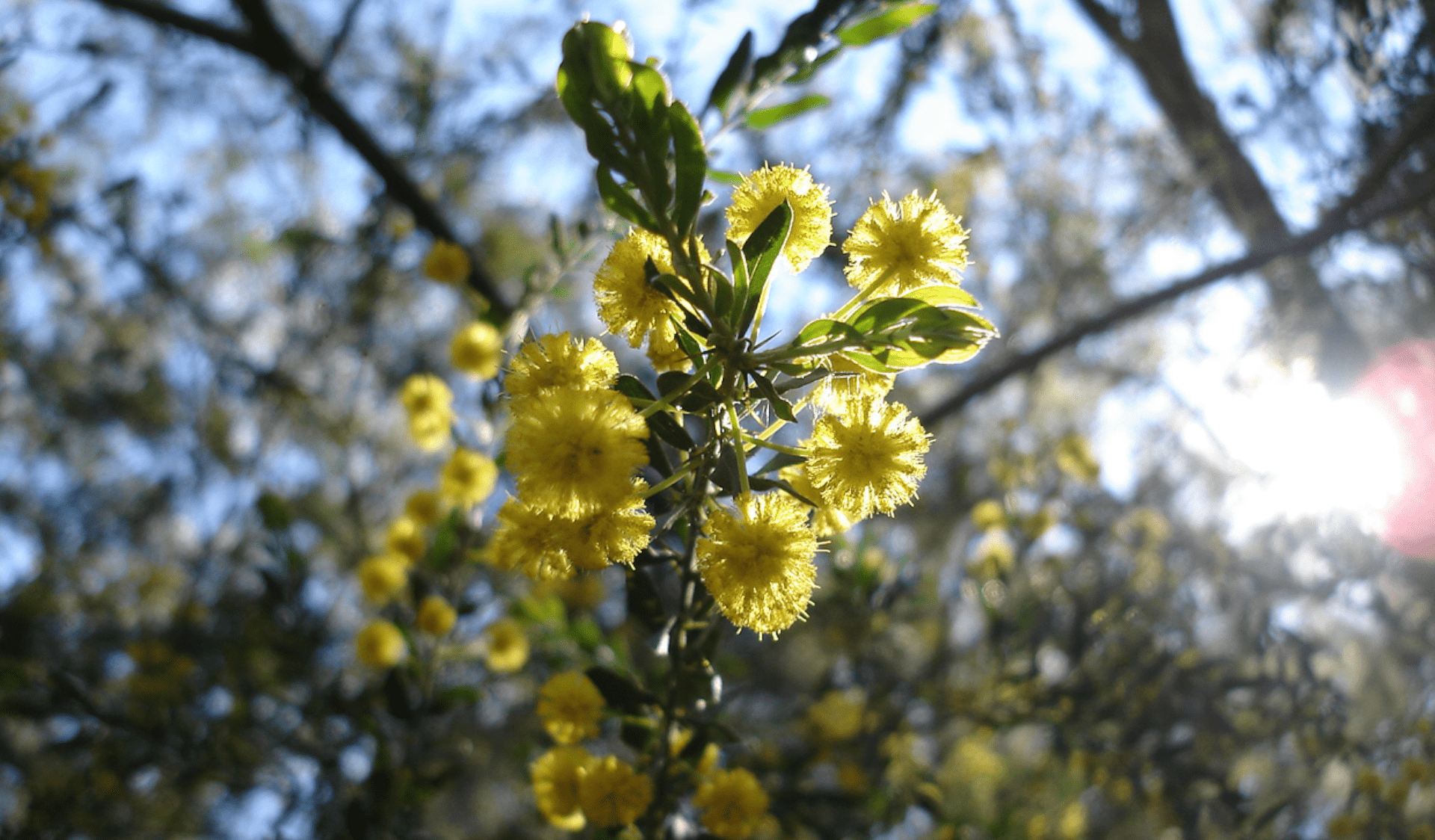Meet some of Victoria's unique marine life
Tuesday 1 December, 2020
Marine national parks and sanctuaries exist to protect Victoria’s unique and diverse marine ecosystem, and the many plants and animals that live in them. Meet some of the marine life that these parks protect.
Weedy Seadragon
The Weedy Seadragon is Victoria’s marine fauna emblem and is unique to southern Australia. They’re part of a unique group of fish that have males giving birth to their young. Divers and snorkelers might see Weedy Seadragon in kelp forests, on rocky reefs and drifting through seaweed and seagrass meadows. However, they can be difficult to spot as their seaweed-like fins and colouring allow them to camouflage. They can also regularly be seen around piers and jetties such as Flinders Pier in Western Port or Portsea Pier.
Where to find them: Weedy Seadragons are often seen in marine protected areas. You might spot one at Point Addis, Bunurong, Port Phillip Heads and Wilsons Promontory Marine National Parks, Mushroom Reef Marine Sanctuary.
“Seeing your first Weedy Seadragon in its natural environment with a protected area is an unforgettable experience” says Marine Ranger Thierry Rolland.
Fur seals
Australian Fur Seals are the largest of the world’s fur seals and were once hunted almost to extinction for their thick warm, and almost waterproof skins. Despite their size, fur seals are great swimmers and can dive up to 200m to catch their prey. In Victoria, you’ll find them along the southern coastline and oceans as well as in Port Phillip Bay. You can often see them resting on rocky ledges or islands and navigation aids. Remember not to get closer than 30 metres to a seal on land.
Where to find them: Southern Port Phillip Bay, Wilsons Promontory Marine National Park, Beware Reef Marine Sanctuary, Gabo Island, Discovery Bay Coastal Park.
“We are so lucky to have the opportunity to both see and get in the water with these amazing creatures in our marine protected areas” says Marine Ranger Monique Bregman.
Cool water invertebrates
Get up close and personal with Victorian marine life on protected intertidal rocky reefs. On these reefs you’ll find a world of cool water invertebrates many of which are unique to south-eastern Australia. A rich abundance of life can be found in coastal rockpools. Low tide is a great time to explore these rockpools and exposed reef with children. Remember to always be mindful of safety.
Where to find them: Mushroom Reef Marine Sanctuary, Ricketts Point Marine Sanctuary, Point Cooke Marine Sanctuary, Barwon Bluff Marine Sanctuary, Port Phillip Heads Marine National Park. All these parks have great reef platforms within 1.5 hours of Melbourne.
“Watching where your hands are going to avoid potentially dangerous creatures and staying aware of large unexpected waves when walking on rock platforms will help to keep you safe while you enjoy Victoria’s amazing intertidal reefs” says Marine Ranger Jill Wheeler from Williamstown.
Bull kelp
Bull kelp is one of the key species on exposed Victorian rocky shores. They are mostly found in shallow waters but can sometimes be found on rocky reefs in waters up to 30 metres deep. These large brown algae can grow up to 8 metres long, with strong holdfasts firmly anchoring them onto the reef. Bull kelp is like a forest on land, it’s vital to the ecosystem and proves a habitat and food for marine life and other seaweed.
Where to find it: Point Addis Marine National Park, Eagle Rock Martine Sanctuary, Barwon Bluff Marine Sanctuary, Mushroom Reef Marine Sanctuary.
“Bull Kelp is just one of the many species of mostly endemic marine algae found in Victoria’s diverse marine protected areas”, says Parks Victoria’s Marine Science Manager Dr Jacqui Pocklington.
Neptune’s Necklace
Neptune’s Necklace is a species of seaweed unique to southern Australia and New Zealand. It is commonly found in rockpools and as a thick covering on intertidal rock platforms. It is comprised of small bead-like segments that contain water, which prevent it from drying out at low tide. This distinctive shape makes it easily recognisable. Neptune’s Necklace provides an important habitat for many other marine animals like crabs and snails.
Where to find it: Neptune’s necklace is widespread across Victoria and can be found in many marine protected areas including Mushroom Reef Marine Sanctuary, Eagle Rock Marine Sanctuary, Discovery Bay Marine National Park, Barwon Bluff Marine Sanctuary.
“Try to avoid trampling these sensitive plants to help protect Victoria’s extraordinary rockpool life” says marine ranger Ellie Williams from Williamstown.
Giant spider crabs
Giant Spider crabs can be found across south-eastern Victoria. On their own, these crabs can be hard to spot. They often place sponges, hydroids and algae on their shell to blend into their surroundings. However, each year they gather en-masse ahead of their annual moult. From May to June each year, thousands of spider crabs gather in Port Phillip Bay where they are a popular attraction for scuba divers and snorkelers.
Where you can find them: Blairgowrie Marina, Rye Pier, Corner Inlet Marine and Coastal Park.
“Look out for the giant Smooth Stingrays that feed on moulting crabs whilst watching this world class wildlife spectacle” says Parks Victoria’s Dive Officer Jonathon Stevenson. Meet more of Victoria's marine life and explore marine environments by taking a virtual dive.




